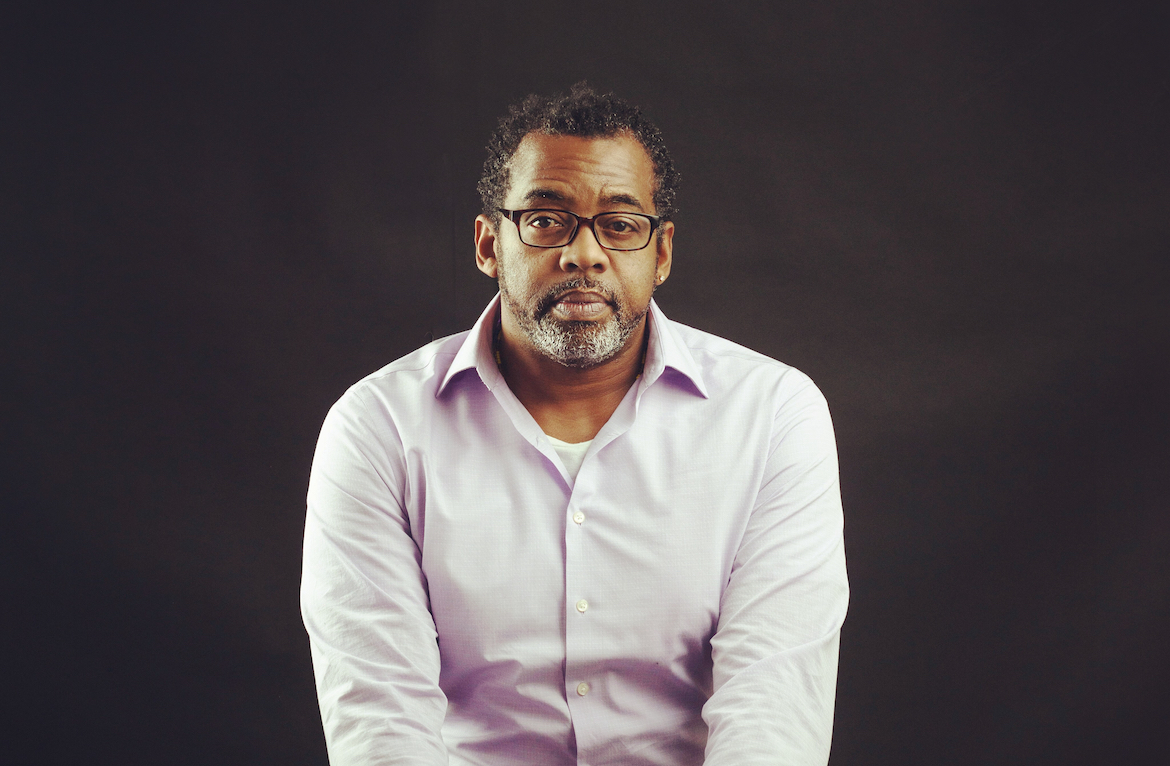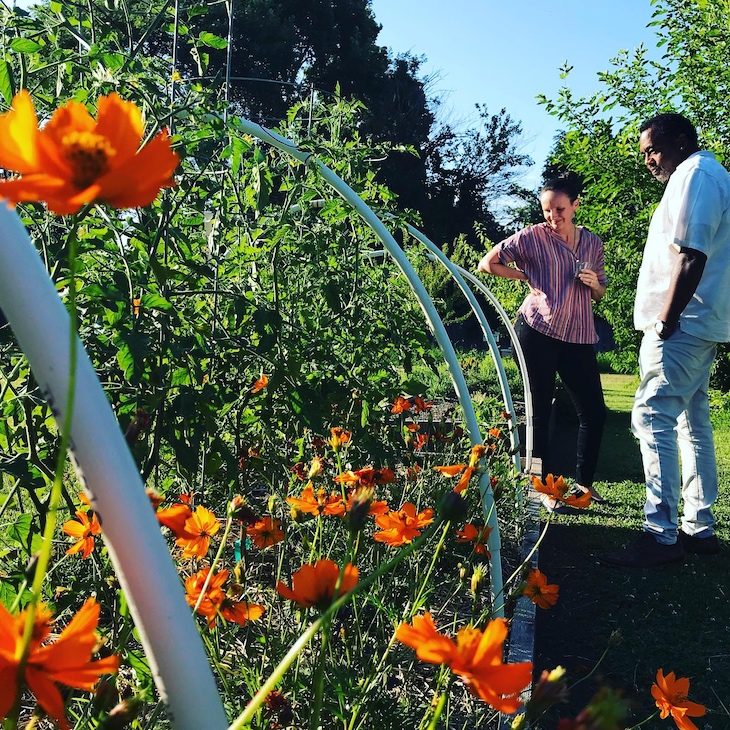
Pandemic can’t stop this poet
Friday, January 29, 2021
For adjunct professor and Oklahoma State University-Tulsa writer-in-residence Quryash Ali Lansana, one thing has remained constant through the pandemic: a personal need for progress.
“I’ve lived in perpetual motion since I was 19,” the now 56-year-old said. “I am always working on projects, but the pandemic forced me to be still and reprioritize some things.”
As classes were pushed online and events were forced to restructure, reschedule or cancel, Lansana had to redesign his efforts to continue to make an impact in an online world.
“I’ve been blessed that for the past 30 years, I’ve been able to put that energy into work that feeds me holistically,” Lansana said. “Not just work that makes someone else rich, but work to affect positive change in the world.”
Return to Roots
Lansana grew up near Enid, Oklahoma, the youngest of six children, all full of passion.
“When I moved to Chicago around 26 years old, I thought ‘what am I here to do in this world?’ The answer was to educate – in whatever ways that may manifest.”
That mission has led Lansana to become the final student of Pulitzer Prize winning poet Gwendolyn Brooks, teach writing and civil rights history at the School of the Art Institute of Chicago and The Juilliard School, and serve as the director of the Gwendolyn Brooks Center for Black Literature and Creative Writing at Chicago State University, authoring more than 20 books of poetry, nonfiction and children’s literature along the way.
Lansana is not only an author, educator, curriculum writer, activist, musician, journalist and organizer. He’s also a historian with a specialization in a subject that has been systematically buried: Tulsa’s Black Wall Street, a nickname for the city’s thriving Greenwood district that was the location of one of the most severe incidents of racial violence in U.S. history, the 1921 Tulsa Race Massacre, which resulted in as many as 300 deaths and 35 square blocks burned.
When Lansana returned to his home state, he set his sights on OSU-Tulsa, located in the historic Greenwood district, with a goal to offer accessible higher education and service initiatives to the community it calls home.
“One of my mantras is Black excellence over Black pain,” Lansana said. “We don't celebrate enough that for 20 some odd years, Greenwood was the most economically thriving black community in the world — a fact that often gets lost because of the devastation of the massacre.”
Pandemic Shift
In the summer of 2020, viral videos of police brutality and the related protests dominated headlines and spread online, bringing many self-isolated Americans outside, demanding change.
Lansana embraced his role as both an educator and an activist over the summer, conducting dozens of local, national and international media interviews to share the significance of Tulsa’s history.
Continuing the momentum, he created an interactive Facebook Live series in partnership with parenting magazine TulsaKids titled “Dismantling Racism: A Toolkit for Parents” which originally ran for three weeks, where he broke down concepts like systemic racism and privilege for Tulsa families, and curated a digital resource guide for local parents and teachers to navigate racial topics with children. The series continues with a new topic each month.
Lansana also brought back some former students from his Black Wall Street History course — a pair of Tulsa elders with direct connections to the history of Greenwood — to share their final projects from the class with a younger audience in an “intergenerational dialogue” at the John Hope Franklin Center for Reconciliation’s 2020 national virtual symposium.
Watching his efforts gain momentum and make an impact in the minds and actions of those involved has been a lifeline in this pandemic, according to Lansana.
“Maybe the greatest satisfaction that I might experience my life is from seeing the students whose lives I've been a part of manifest something that I may have helped them see,” he said. “That’s why we teach.”

